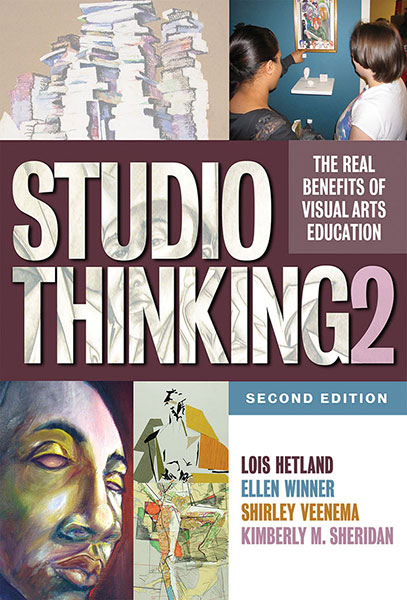Professors: Request an Exam Copy
Print copies available for US orders only. For orders outside the US, see our international distributors.
Lois Hetland, Ellen Winner, Shirley Veenema, Kimberly M. Sheridan

Professors: Request an Exam Copy
Print copies available for US orders only. For orders outside the US, see our international distributors.